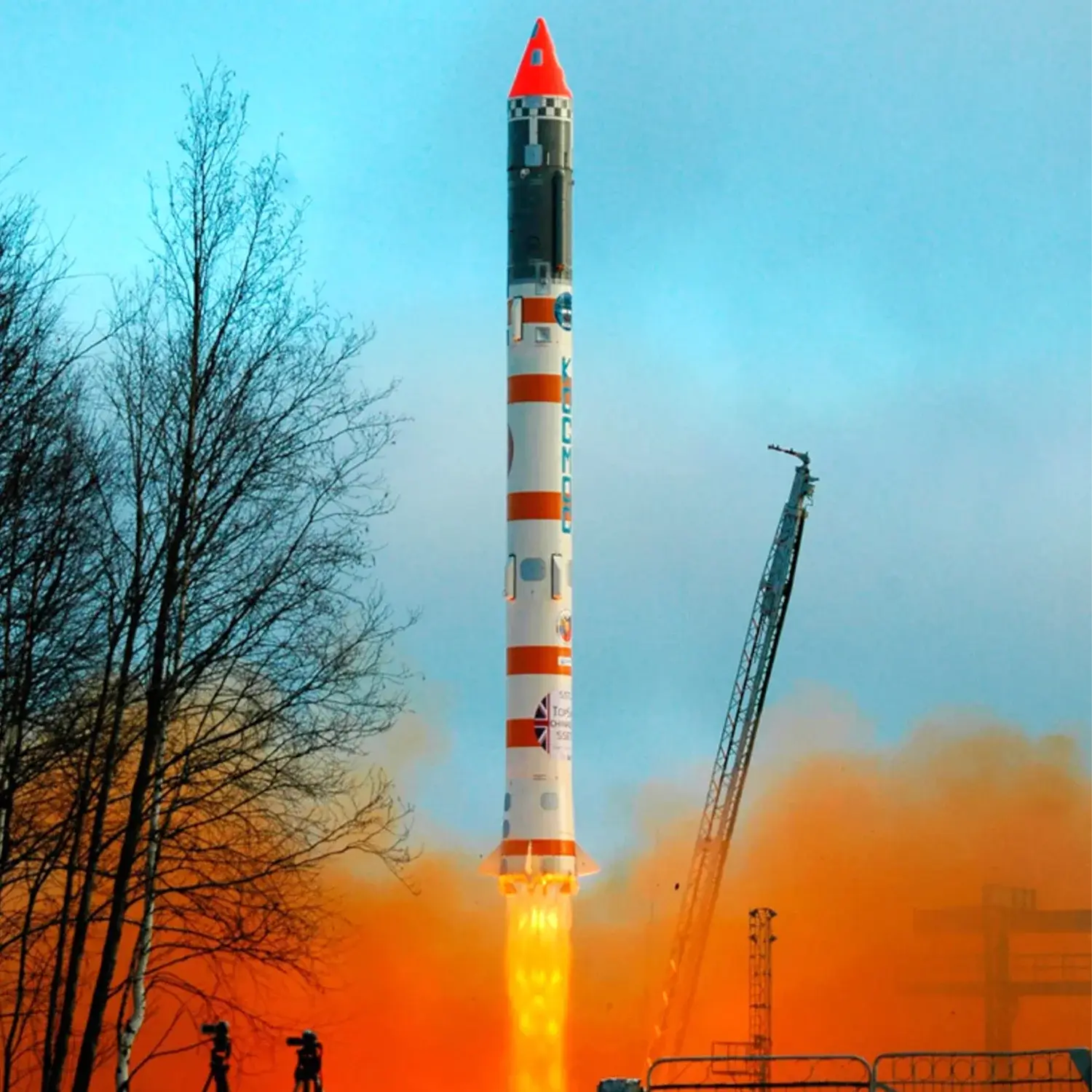Intercosmos 18 & Magion 1
Launch Success
Liftoff Time (GMT)
19:00:00
Tuesday October 24, 1978
Mission Details
Magion 1
Magion 1 was a czechoslovakian subsatellite that separated from Intercosmos 18 on 14 November 1978. It was magnetically stabilized and was designed to carry ionospheric-type experiments related to the International Magnetospheric Study. MAGION had a prismatic shape (0.3 × 0.3 × 0.15 m) and followed the orbit of Interkosmos 18. Czechoslovak participation in studies of mutual relations between the earth's magnetosphere and ionosphere consisted mainly of measuring VLF phenomena on board MAGION, which was moving slowly away from Intercosmos 18, and in cooperating in the measurements of plasma properties in the vicinity of this satellite.
Low Earth Orbit
1 Payload
Intercosmos 18
Launched during the IMS period, Intercosmos 18 experiment objective was to study the character of the ionosphere-magnetosphere coupling by continuing experiments similar to those on Intercosmos 10. Both real-time and stored data modes were used. The satellite measurements were accompanied by simultaneous ground-based, balloon, and rocket observations. The parameters were - Geomagnetic field (3 components) - Low-energy particle fluxes and their angular distributions (electrons and positive ions, 100 eV to 50 keV. - VLF wave electric and magnetic components (100 Hz to 16 kHz), electrostatic fields of magnetospheric-ionospheric origin by a double-probe technique (3 components) - Electron and ion densities and temperatures using several techniques, and the ion and neutral composition of the upper atmosphere.
Low Earth Orbit
1 Payload
990 kilograms
Launch Site
Stats
Cosmos-3
210th
Mission
15th
Mission of 1978
OKB-586
1262nd
Mission
71st
Mission of 1978
1978
103rd
Orbital launch attempt

